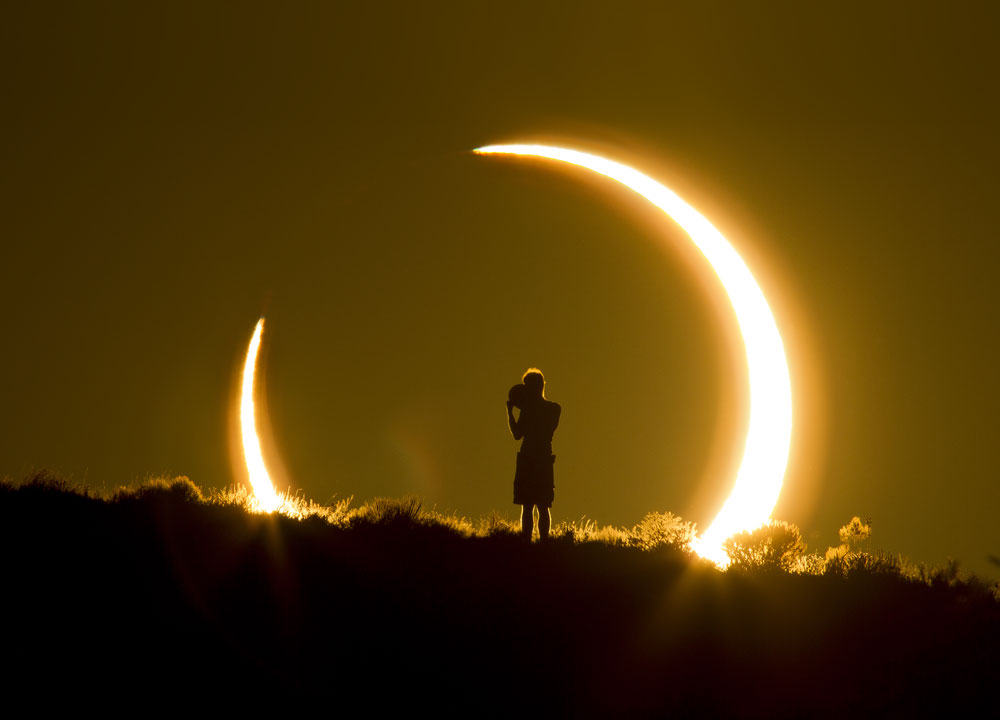Eclipse 2017: Mind Melt
Posted on Categories Discover Magazine

This August, the sky will dim until the daytime world becomes dark. The bright disk that usually lights everything, burns skin, feeds plants and tells animals when to sleep will become a blank circle, surrounded by the shifting haze of its atmosphere.
This scene will pass over the United States, from Oregon to South Carolina, potentially capturing an audience even larger than the Super Bowl. And these people — including you, I hope — will likely react emotionally, not scientifically. It’s a human response that has played out for millennia, but one that humans have begun to study only recently.
The moon is the same size as the sun in the sky and can, sometimes, pass in front of it in the ultimate cosmic photobomb. For many centuries, that light show mostly seeded thoughts of disaster and destruction — something, or someone, sinister was putting on a show of power.
In China, it was a dragon. In Hindu tradition, it was a severed-head demon called Rahu — but if humans made enough noise, Rahu would run away, resulting in a partial eclipse. Other cultural explanations also empowered people to bring back the light. Chippewa Indians let loose flaming arrows toward the sky, intending to reignite that life-giving orb.